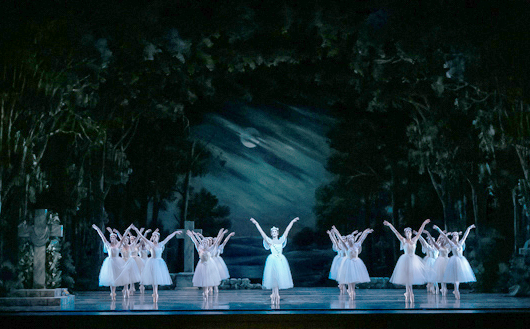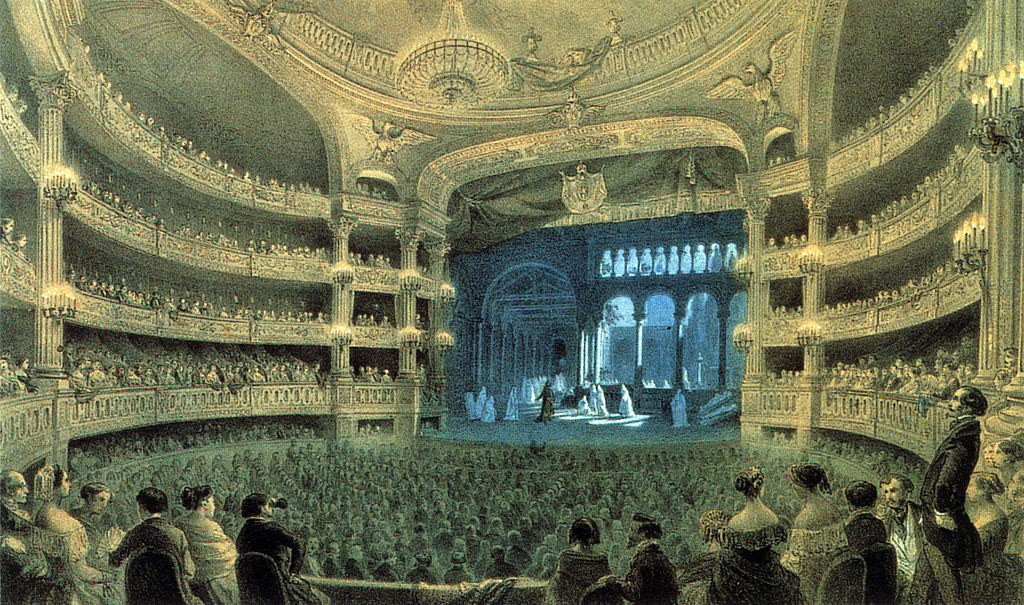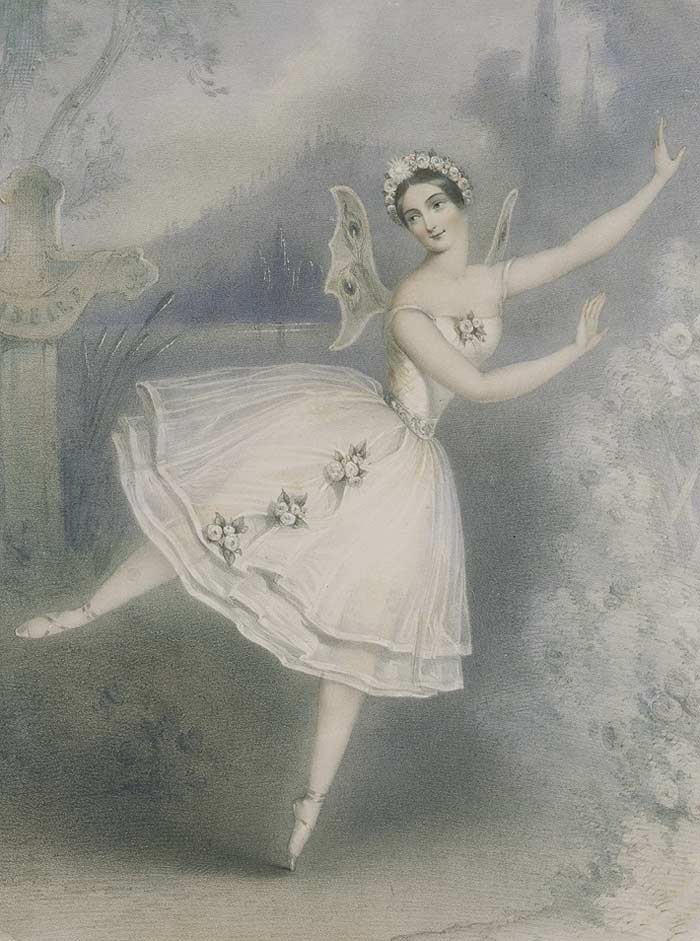So, you think you know how all of your favorite romantic ballets end? Think again! The original finales might surprise you…
Giselle
Spoiler alert: Albrecht gets back together with Bathilde—with the (post-mortem) blessing of Giselle! Though most modern versions conclude with Albrecht alone in the forest, Pacific Northwest Ballet’s 2011 staging by Peter Boal includes the original ending. As The New York Times described it, “Albrecht [is] tenderly consoled and reclaimed at dawn by Bathilde, whom Giselle, now a spirit returning to her grave, has urged him to marry with her last gestures.”
![Created with "waiting backstage" by Deb. Licensed under CC Attribution 2.0 Generic. [Changes to image: cropped; filters, background, and text added] Lyrics quoted on image from "We Are Never Ever Getting Back Together", artist Taylor Swift.](https://4dancers.org/wp-content/uploads/2016/02/Bathilde-and-Albrecht-Valentine-9.jpg)
Swan Lake
Spoiler alert: Siegfried and Odette still die. However, they don’t drown themselves in the lake. And their original personalities were more flawed than those of the gallant Prince and Swan Queen of today. The Ballet Bag explains:
“[It] was very different from the Swan Lake we now know: Odette, daughter of a good fairy, is being pursued by her “wicked witch stepmother”. Her grandfather keeps her and companions safe at a lake by night, allowing them to fly about as swans by day. Odette wears a magical crown which protects her from the witch. Siegfried falls for her but betrays her at a ball. Odette refuses to forgive him, so he snatches her crown in desperation. The lovers are now at the mercy of the witch and the waters of the lake engulf them.”
![Created with "CincinnatiBallet-SwanLake2009-Dancers-KristiCapps-AnthonyKrutzkamp-Photog-PeterMueller" by KCBalletMedia. Licensed under CC Attribution 2.0 Generic. [Changes to image: cropped; filters, background, and text added]](https://4dancers.org/wp-content/uploads/2016/02/Siegfried-and-Odette-Valentine-2-1024x1024.jpg)
Romeo and Juliet
And they lived happily ever after…
Spoiler alert: This was indeed the ending that composer Sergei Prokofiev intended! “Living people can dance, the dead cannot”, he argued. But officials in 1930s Soviet Russia weren’t keen on the idea of changing Shakespeare’s story (a.k.a. Prokofiev had to follow orders). It wasn’t until 2008 that choreographer Mark Morris staged a version with the original happy ending. It’s safe to say, of course, that Prokofiev’s revision has yet to upstage The Bard’s conclusion to this famous tale of woe.
![Created with "swKCB0514_ 1685" by KCBalletMedia. Licensed under CC Attribution 2.0 Generic. [Changes to image: cropped; filters, background, and text added] Lyrics quoted on image from "Love Story", artist Taylor Swift.](https://4dancers.org/wp-content/uploads/2016/02/Romeo-and-Juliet-Butterfly-Valentine-8-1024x1024.jpg)







